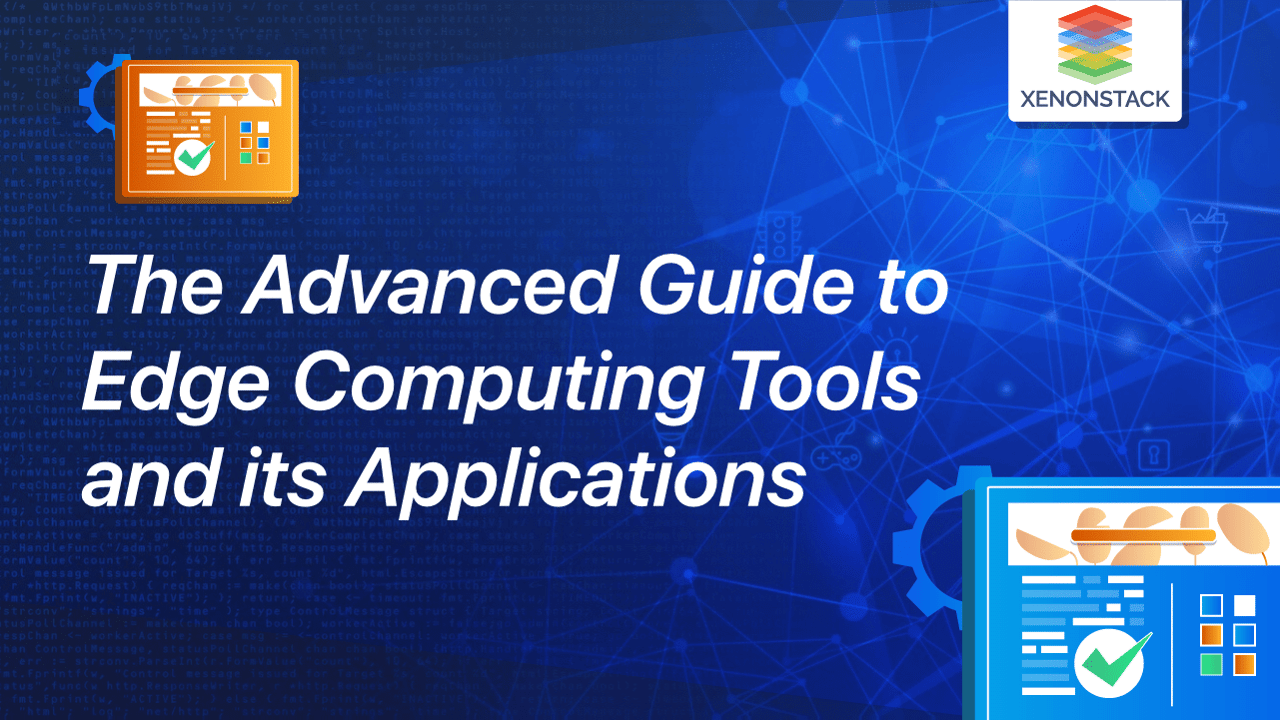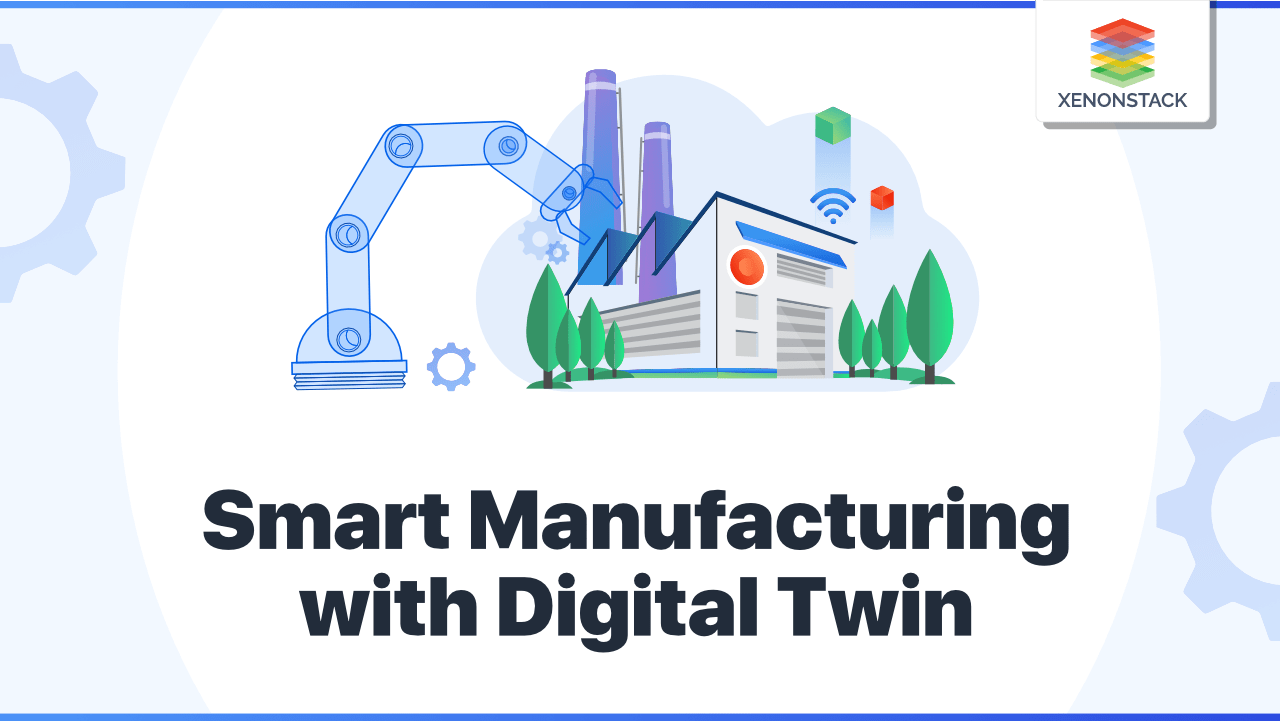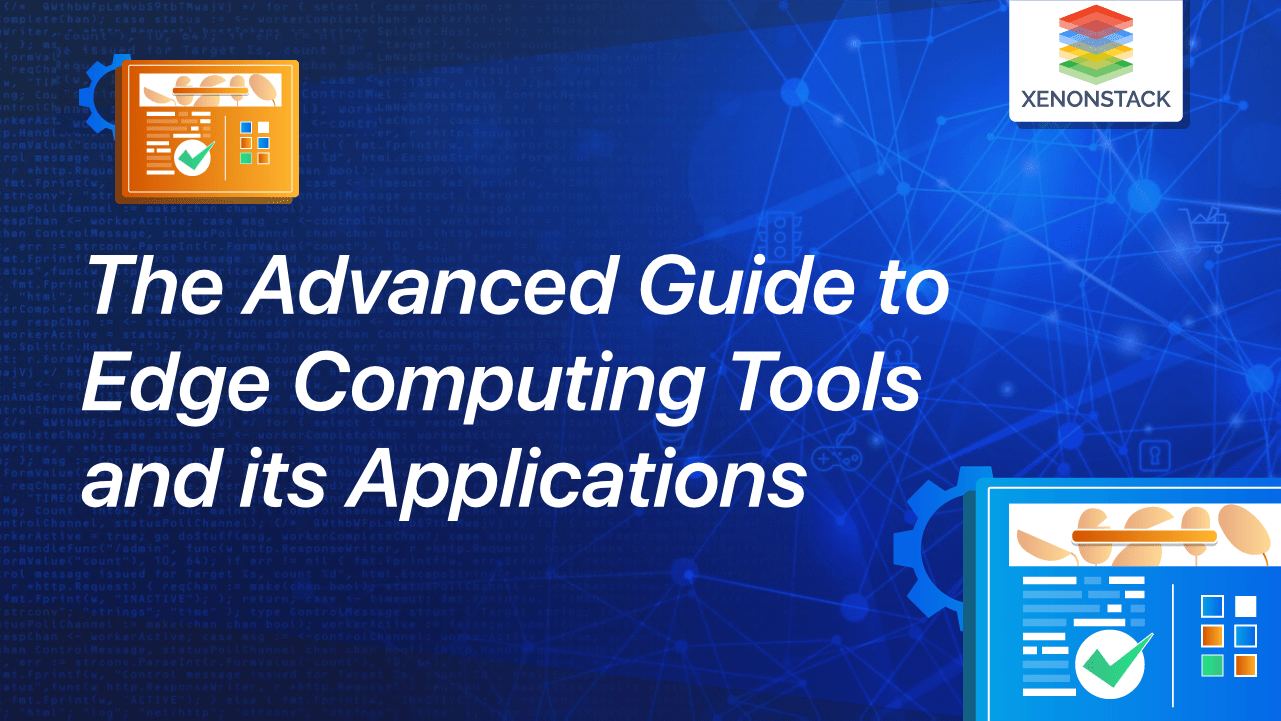
Introduction of Edge Computing
Data is the new oil. Most enterprises try to harvest the data they are producing or coming in contact with. Conventionally, data processing and analysis are performed on local or cloud servers. Data collected is sent to the enterprise’s server or transmitted to the cloud via broadband, where applications are used to perform data analysis and give results.
Transmission of data to and from the site where it is being generated leads to high latency in getting the results and increases the chances of data getting corrupted or breached. Sometimes, setting up a broadband connection to transmit data becomes impossible or infeasible, such as in remote locations with no internet connectivity or projects where data is being generated at multiple sites with high frequency.
What is Edge Computing?
It is a distributed computing system where the data is processed on-site (where it is generated) using Edge devices. Because data processing and analysis are done on the site, it provides high latency compared to other computing architectures.
Edge computing tools have built-in processors, memory, storage, input-output outlets, etc. Data processing and analysis applications are deployed at the data generation site on these devices. For example, NoTraffic, an Israel-based startup in collaboration with NVIDIA Metropolis Project, deployed thousands of edge devices with computer vision applications on the danger-zone intersection to analyze the vehicle traffic and flow in those areas to prevent time delay and CO2 emissions.
It ensures data security by avoiding the need to send data over a network to cloud servers. This prevents data corruption because of faults in the network or damaged servers. Since the data is not being shared with a 3rd party for transmission and processing, edge computing also ensures data privacy.
Best Tools for Edge Computing
The best tools of Edge Computing are described below:
Edge device
An edge device is a piece of equipment that contains computational and data transmission capabilities, for example, internet routers, IoT sensor devices, Smartphones, etc. Most edge computing devices contain a processor, memory, storage, input-output outlets, ethernet port, etc.
Edge devices are connected with peripheral input devices such as cameras and sensors to collect the data and do the processing and analysis of data on-site. The application or script for data processing and analysis is deployed on the edge device. The devices are then connected to a cloud platform or output device to deliver the inference and gathered data.
Some well-known examples of edge devices are - Raspberry Pi, the NVIDIA Jetson series, Lenovo ThinkEdge, etc.
Several peripheral devices are specifically made to integrate with edge devices. Pi Cameras are cameras made to work with Raspberry Pi providing high-resolution images and video capture. Intel’s RealSense Depth cameras measure the depth of surfaces captured by the camera using stereo vision and sensors.
Cloud platforms
Most well-known Edge device toolkit providers also integrate cloud services with Edge. Cloud platforms allow developers and users to interact with edge devices, providing user-friendly interfaces. They are used to monitor the edge devices, update applications deployed on Edge, receive the inference or data gathered by Edge, etc.
For example, Amazon’s Greengrass, Google’s Distributed Cloud Edge, NVIDIA Jetson platform, etc.
Edge Network
Edge devices are connected to edge gateways via communication systems such as Bluetooth, ethernet, wi-fi, NFC (near-field communication), Zigbee, etc. These systems provide communication in a range from less than 4cm to up to 100m of distance.
Edge gateways are nodes acting as gateways between the edge device and the core network where heavy data processing occurs. Edge gateways are connected to the core network via communications systems such as LTE-A (Long-term Evolution Advanced) for long-distance communication >1km and Z-wave, Bluetooth Low Energy, etc., for shorter distances up to 100 meters.
Edge AI has the potential to revolutionize how AI technology is developed and used worldwide. Click to explore our, Edge AI Architecture and its Applications
What are the best Applications of Edge Computing
The top 5 applications are listed below:
Computer Vision
It has revolutionized the computer vision industry. With the increased processing power of edge devices and Edge networking capabilities, it has become easier to deploy c<iframe width="1280" height="720" src="https://www.youtube.com/embed/E-H951tggUI" title="XenonStack | Edge Computing - The Impact of Edge Computing on IoT" frameborder="0" allow="accelerometer; autoplay; clipboard-write; encrypted-media; gyroscope; picture-in-picture; web-share" allowfullscreen></iframe>omputer vision applications locally to perform real-time analysis on video streams captured by cctv cameras.
Surveillance systems can be deployed on edge devices to recognize the people entering or leaving public areas, detect harmful objects or behavior, and report them immediately. Computer vision applications on Edge can analyze metropolises traffic patterns, detect production defects, identify meteorological materials, etc.
Federated Learning
Federated learning is the process of distributed machine learning, where machine learning models are trained on edge devices and then sent to the core network, aggregating them to improve the shared model. This removes the need for cloud storage of large amounts of data and maintains users' data privacy since only the trained model is being shared, not the data.
Google’s Gboard (google keyboard) uses federated learning to improve the query suggestions model via locally stored users’ history of searches and queries.
Home IoT appliances
Edge computing is used to control and automate home appliances. Edge devices are connected to sensors and IoT networks to change the settings of Smart appliances, such as adjusting temperature and lighting, delivering voice assistance, and monitoring the activity of people and pets in the house.
Machinery Automation
Edge computing is used to improve machinery performance and automation—industries such as manufacturing, farming, and ones involving hazardous environments benefit from the remote processing of edge devices. Sensors are attached to machines that monitor attributes such as temperature, pressure, detect radiation, etc., to notify the authorities in case the machines need maintenance. Alarm systems can be triggered immediately in case of hazardous conditions in the facility.
Larsen and Toubro (L&T) have initiated the integration of Edge computing in manufacturing and heavy machinery facilities across India. L&T’s Defense, Hydrocarbon, and multiple manufacturing facilities employ automated machinery for quality control and the safety of workers.
Smart Cities
Over the past few years, many joint projects have come to the surface using edge computing to optimize how cities are run. China has operationalized an edge server grid to monitor, manage and control their cities' distributed energy production and consumption system. The first implementation of this project was done in Shanghai Business Park.
NVIDIA Metropolis, a video analysis edge computing framework, has been used by many NVIDIA partners to work on traffic safety and management systems, more innovative metro rail systems, improve city recycling rates, etc.
What are the limitations of Edge Computing?
- Processing Limitation: Edge devices generally have limited processing capabilities. Most edge devices come with limited memory ranging from 1-4 GB. Edge devices can be upgraded to add more memory and can be integrated with GPUs, but the upgrade tends to be very costly.
- Cost: As stated above, the user has to incur additional costs to increase edge devices' processing power. On the other hand, deploying applications on multiple edge devices multiplies the cost of processing with each new device added.
- Update and Maintenance: Edge devices deployed outdoors can suffer weather damage and would require regular maintenance and replacement. Additionally, monitoring and updating applications on edge devices would require internet connectivity which might not be possible in remote areas.
Conclusion
It is a distributed computing architecture that provides on-site data processing and analysis capabilities. This architecture provides low latency as well as data security and privacy. To help operationalize applications on edge architecture, several tools, such as edge devices, cloud platforms, edge networks, etc., are present. It has applications in various domains, from computer vision to intelligent manufacturing. Despite its benefits, edge computing also has some limitations, the foremost being operational cost.
- Discover here about AI in Edge Computing for Automation
- Read more about the Benefits of Edge AI in Manufacturing Industry
- Explore more about Role of Edge AI in Automotive Industry


